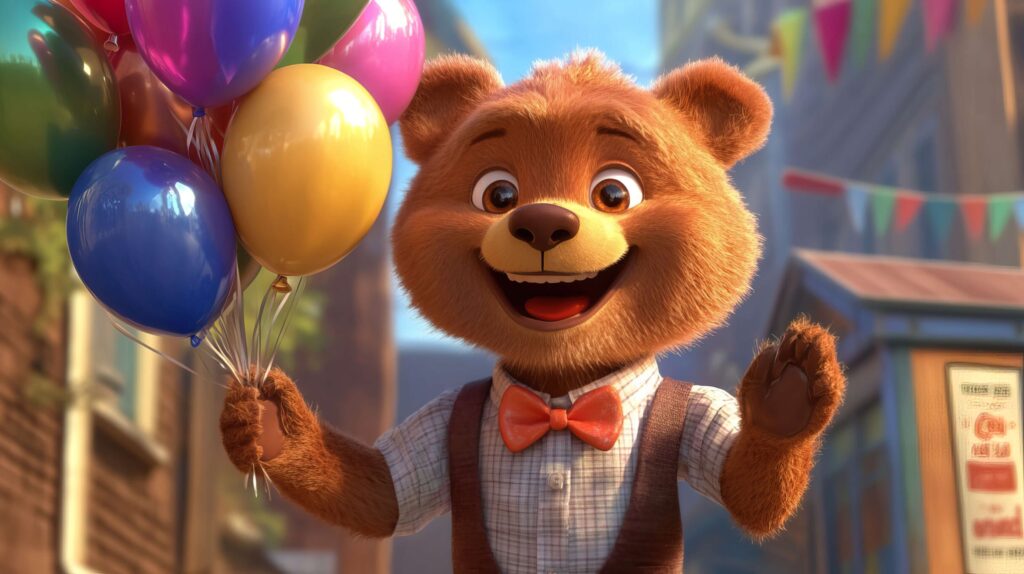
In the intricate tapestry of human interaction, certain threads remain invisible yet profoundly influential. These are the unspoken rules, the subtle directives that guide behavior, shape expectations, and define the very essence of social and professional environments. While often unwritten, their adherence is paramount, particularly when navigating the orbits of unique personalities or institutions steeped in tradition.
Few figures in recent memory commanded such a peculiar and exacting set of personal protocols as the musical genius Prince. His world, a vibrant and enigmatic universe of creativity and control, was governed by a series of unarticulated expectations that left those in his orbit navigating a carefully orchestrated dance of deference. Understanding these nuances offers a rare glimpse into the mind of an artist who crafted not just music, but an entire existence on his own terms.
Moving from the extraordinary realm of Prince, we then transition to the equally fascinating, albeit distinctly different, landscape of the British Royal Family. Here, centuries of tradition intermingle with modern sensibilities, giving rise to a unique collection of unspoken rules that govern everything from the public display of affection to the meticulous management of household staff. These protocols, often inherited or subtly established, are critical to maintaining the Crown’s delicate balance of formality and contemporary relevance.
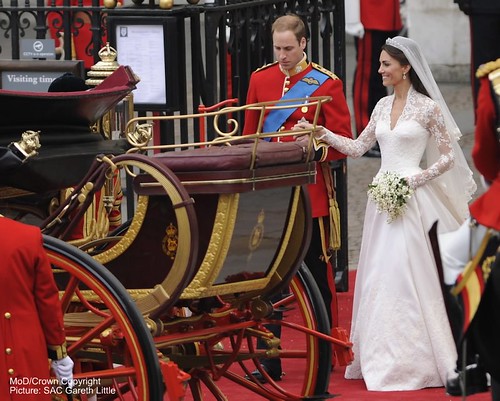
1. **Prince’s “No Eye Contact” Mandate**Among the most frequently recounted and undeniably peculiar directives governing Prince’s interactions was his steadfast rule against direct eye contact. This wasn’t a fleeting preference but a deeply ingrained expectation, a mandate that has resurfaced repeatedly through anecdotes from those who worked closely with him. While it has been debated and even denounced as hyperbolic at times, all accounts confirm its veracity, painting a picture of an artist who sought to control every aspect of his presence, even the gaze of others.
Lizz Frey, a graphic designer who collaborated with Prince in 1992, explicitly stated the simplicity and directness of this rule after his death in 2016. As the Mirror quotes, Prince’s instruction was unequivocal: “never to look into his eyes directly.” This stricture, while seemingly simple, profoundly shaped the dynamics of communication and power within his professional sphere, underscoring his desire for an almost ethereal separation.
Interestingly, Prince himself reportedly denied having ever imposed such a rule. His hairstylist, Kim Berry, recounted asking him about the no eye contact dictum, to which Prince purportedly responded, “I’ve never told anyone anything like that. So I think it’s hilarious that people make up stuff.” Yet, Berry also noted that she had heard such rules from other members of Prince’s entourage, suggesting they were established through experience and shared understanding rather than direct verbal instruction from the artist himself, a hallmark of many unspoken codes.
The enforcement and pervasiveness of this rule are further evidenced by accounts from other musicians who encountered Prince. Van Halen singer Sammy Hagar, at the 27th Grammys in 1985, vividly described his interaction with Prince’s guitar tech, Zeke Clark. When Hagar asked Clark to introduce him to Prince, Clark responded, “No, man. I can’t … I’m not allowed to talk to him,” further elaborating on the necessity of communicating with Prince through handwritten notes, adding another layer to the enigma of his personal rules. “You can’t look at him [Prince],” Clark emphatically stated, solidifying the narrative of this unusual expectation.
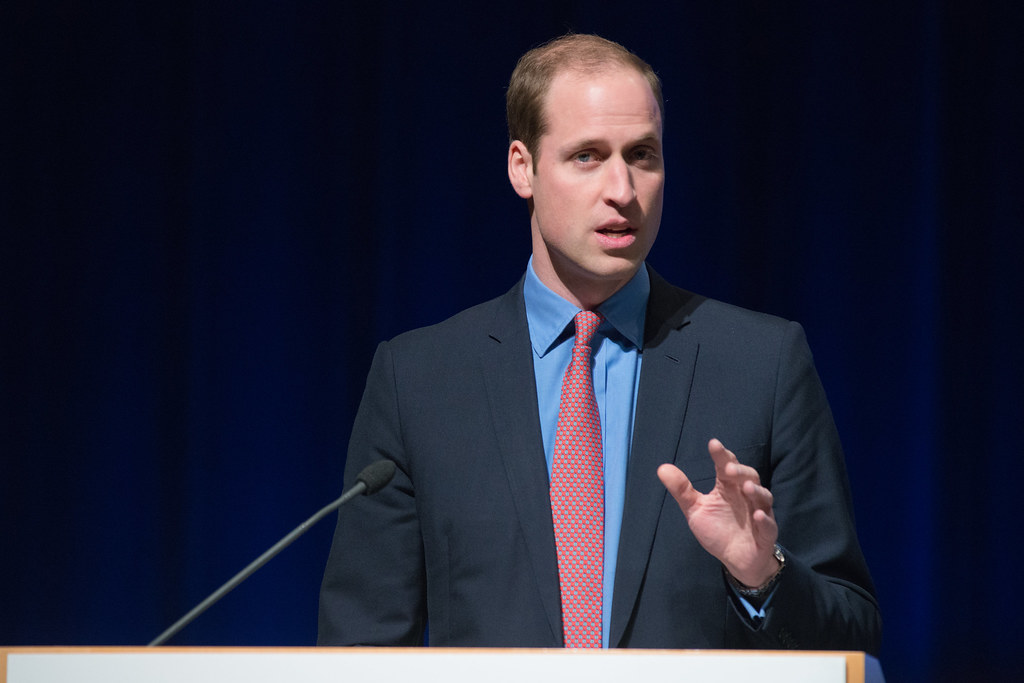
2. **Prince’s Staff Addressing Him as “Boss”**Beyond the enigmatic directive about eye contact, Prince maintained another explicit rule for those in his employ: they were to refer to him simply as “boss.” This seemingly straightforward instruction, cited by graphic designer Lizz Frey, offered a clear delineation of authority and a constant reminder of his preeminent position within his creative and personal ecosystem. It was a verbal cue that reinforced the hierarchical structure he preferred, a structure where he was the unquestioned figurehead.
Despite these prescriptive and often domineering dictates, Frey remembered her time working with Prince as a “joy.” She described him as “so alive” and made an effort to recall him in that vibrant state. This sentiment suggests that even within the confines of his unique rules, there was an inspiring and captivating quality to Prince that transcended the strictures he imposed on his staff.
Frey, notably, was also the visionary behind Prince’s iconic “love symbol,” which he adopted from 1993 to 2000, a design that included a circle and cross drawn by Prince himself. This collaboration highlights a fascinating paradox: while demanding strict adherence to personal protocols, Prince also involved his staff in highly significant creative endeavors. He famously told Frey, “You have to understand, this symbol is very important,” implying a shared commitment to its profound meaning, even amidst the backdrop of his stringent rules.
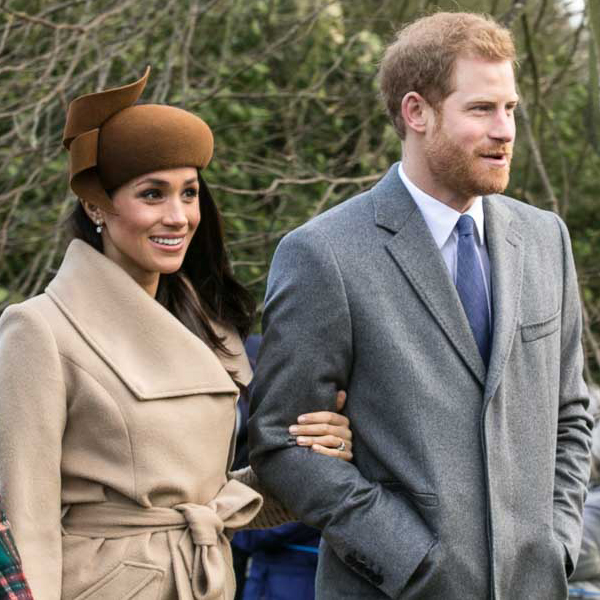
3. **Prince’s Unique Communication: Handwritten Notes**The layers of Prince’s unique communication protocols extended beyond mere verbal address or visual contact, delving into the very medium of interaction for some members of his inner circle. A striking illustration of this was the requirement for his guitar tech, Zeke Clark, to communicate with Prince solely through handwritten notes, a detail recounted by Van Halen’s Sammy Hagar during their encounter at the 1985 Grammys.
Clark’s revelation, that he was “not allowed to talk to him [Prince],” and that he had to communicate through written messages, paints a vivid picture of Prince’s desire for extreme control over his environment. This method not only filtered direct spoken interaction but also introduced a formal, almost ceremonial, quality to even routine technical discussions, further isolating him from the immediate give-and-take of typical workplace dialogue.
This particular unspoken rule resonates with broader descriptions of Prince’s demanding nature towards his musicians and technicians. David Rivkin, a sound engineer for Ultimate Guitar, depicted Prince as someone who would unleash his “wrath” periodically, maintaining people “under his thumb.” Rivkin characterized this behavior as “a control thing,” explaining that Prince preferred to “‘Don’t tell ’em things — let ’em guess.’ He used to treat his band that way,” demonstrating a deliberate strategy of ambiguity and power dynamics.
Mojo 4 Music further corroborates this by quoting Prince himself, offering a glimpse into his self-perceived rationale behind such methods. Prince stated, in his idiosyncratic, pseudo-spiritual manner, “I test people in many ways so that the time we share is quality time.” This perspective reframes his strict and unusual communication style not as mere eccentricity, but as a deliberate, albeit intense, means of cultivating a specific quality of interaction and perhaps, loyalty.
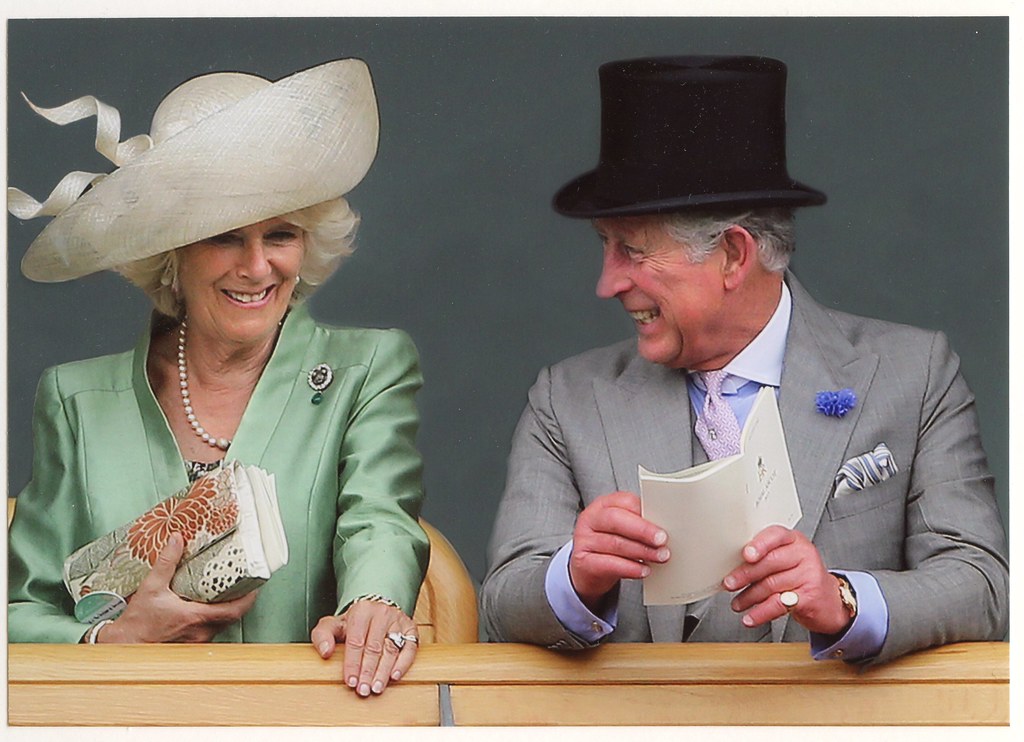
4. **Prince’s Rule: “Don’t Touch His Ears”**Adding to the growing compendium of Prince’s distinctive personal rules was a somewhat curious directive concerning physical contact: “Don’t touch his ears.” This specific instruction, cited by his hairstylist Kim Berry to ABC News, reveals an intimate and particular boundary that Prince maintained, underscoring his meticulous approach to personal space and bodily autonomy. It highlights that his unspoken rules were not solely about power dynamics but also about his physical comfort and preferences.
Like the “no eye contact” rule, this instruction was reportedly conveyed to Berry by other members of Prince’s entourage, rather than directly by Prince himself. This indirect transmission is characteristic of how many unspoken rules permeate an environment; they are absorbed through observation and advice from more seasoned individuals, becoming an intrinsic part of the collective understanding of how to operate within a specific sphere.
The existence of such a specific, almost whimsical, rule fits within the broader narrative of Prince’s eccentricities. The context details his ownership of a private hair salon on his property that was exclusive to him, his preference for spaghetti with orange juice, his unique habit of keeping a super-special pair of roller skates in a briefcase, and even a garden gnome in his bedroom. These details collectively paint a portrait of an individual who constructed his life with a myriad of unique, and often baffling, personal dictates.
These seemingly minor yet strict protocols contributed to the aura of mystique surrounding Prince. They served as tangible manifestations of his singular personality, reinforcing the idea that his genius extended beyond his music into the very fabric of his daily life and the conduct of those fortunate enough to be a part of it. The blend of the specific and the unstated formed a complex, almost ritualistic, framework for interacting with him.

5. **William & Kate’s “Zero Tolerance” for Gossip**Shifting our focus to the British Royal Family, a distinct set of unspoken rules governs the conduct of staff within the household of Prince William and Princess Kate. One of the most critical directives, born from the often brutal scrutiny of the British media, is a “zero tolerance” policy for gossip. This rule is a direct response to the intense public and media interest in the royals, which has historically led to deeply personal intrusions and the spread of unverified rumors.
The personal impact of media intrusion on the Princess of Wales has been significant. In 2013, US Weekly reported that “intimate” photos of her pregnant belly, captured by the paparazzi, left her feeling violated. More recently, in the summer of 2022, Prince William faced a barrage of false cheating rumors that even led to degrading social media hashtags, demonstrating the relentless and often damaging nature of public speculation.
In light of these experiences, the Duke and Duchess of Wales have implemented a strict policy to safeguard their privacy and reputation. According to a report in the Daily Record, their “zero tolerance” stance on spreading rumors is clearly articulated, emphasizing the importance of discretion. This policy extends to all staff members, creating an environment where confidentiality is paramount and personal information is protected with the utmost rigor.
Evidence of this policy can be found even in public job descriptions. A housekeeping position posted on the royal family’s website specified that candidates must excel at “maintaining confidentiality and exercising discretion.” This explicit requirement underscores the critical nature of this unspoken rule, turning it into a formal expectation. Such loyalty is often rewarded, with People magazine reporting unique perks for housekeepers, such as the opportunity to travel with the royal family, incentivizing steadfast adherence to these crucial boundaries.
6. **William & Kate’s “Keen Eye for Detail” Test**Royal protocol is steeped in an almost obsessive attention to detail, a tradition that extends to every facet of the household, from how a wine glass is held to the precise method for stirring tea. Consequently, Prince William and Princess Kate expect a similar level of fastidiousness and a keen eye for detail from their staff, particularly their cleaning personnel. This exacting standard ensures that the environment reflects the impeccable decorum associated with the monarchy.
King Charles, for instance, sets an extremely precise example with his tea preferences, requiring staff to prepare earl gray tea at exactly 100 degrees Celsius, using a thermometer. This illustrates the deep-seated royal expectation for precision and adherence to specific standards. William and Kate uphold a similar, rigorous approach within their own residence, ensuring that every element of their environment is maintained to the highest degree of perfection.
To ensure prospective housekeepers possess this critical trait, the royal family employs a unique and rather telling test during the recruitment process. Tracey Waterman, the royal family’s head of staff recruitment, revealed details of this method in the documentary “Sandringham: The Royals at Christmas.” She confessed, “One of the tests I like to do, to see if a candidate has a potential eye for detail, is to place a dead fly, either in the fireplace or on the carpet.”
Waterman elaborated on the assessment, stating, “Once the dead fly is placed, I then bring the candidate into the room … It’s a great test … One out of ten [candidates] will actually bend down and pick [the fly] up. That’s the special housekeeper.” This rigorous screening process highlights the extraordinary standards required for royal staff, where the ability to spot and rectify even the tiniest imperfection is not just valued, but essential, defining the caliber of service expected in such an esteemed household.
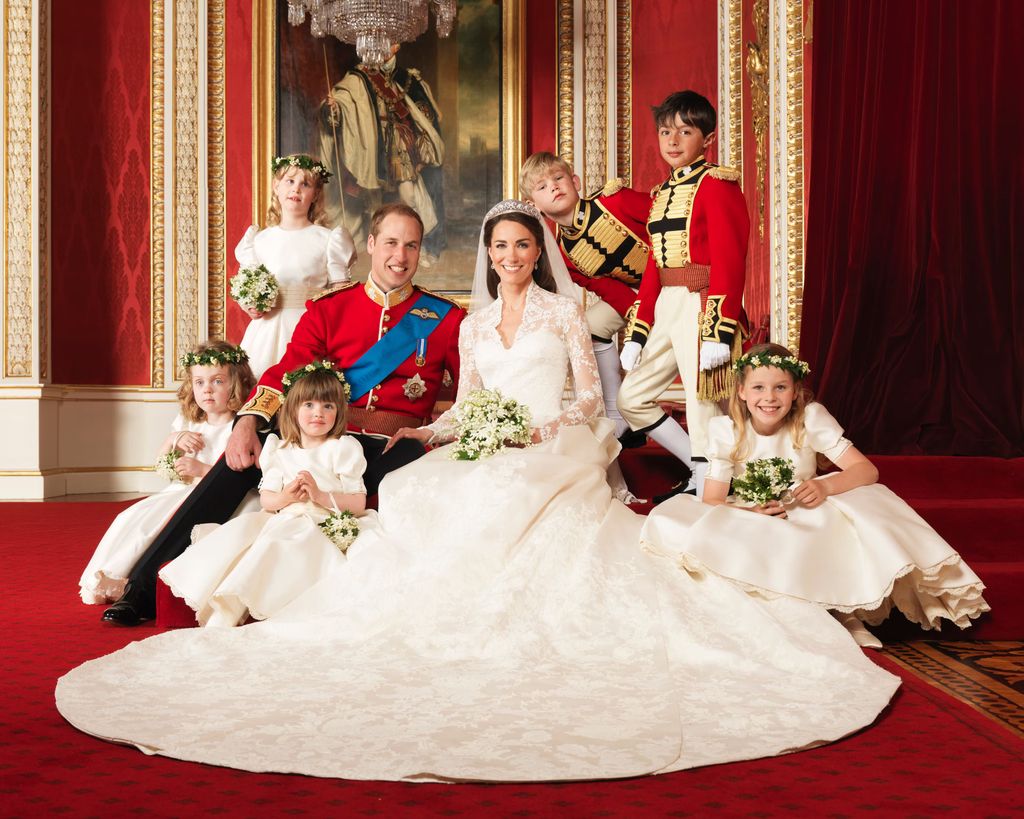
7. **William & Kate’s “Casual Attire” Request for Staff**Despite the outward formality often associated with the British Royal Family, Prince William and Princess Kate endeavor to cultivate a more casual atmosphere within the private confines of their home. This desire for informality has translated into an unspoken, yet firm, rule regarding staff attire: royal staffers are generally asked not to wear formal clothing at the residence, unless specific circumstances necessitate it. This approach reflects a conscious effort to create a relaxed environment for their family.
Royal journalist Valentine Low, in his book “Courtiers: The Hidden Power Behind the Crown,” shed light on this aspect of the Wales household. An anonymous staffer interviewed by Low confirmed this directive, explaining, “[Prince William] wants it to be casual. The kids run around the office, and he does not want it to be stuffy.” This illustrates a clear intention to differentiate their private family life from their public duties, fostering a more comfortable setting for their children, George, Charlotte, and Louis.
However, this preference for informality within their home contrasts with the public perception of the couple, particularly Princess Kate, who is often seen as maintaining a more traditional level of decorum. Meghan Markle, in the Netflix documentary series “Harry & Meghan,” even commented on her initial impression of Kate, stating, “I started to understand that the formality on the outside carried through on the inside,” highlighting the often-present tension between private preferences and public roles.
Prince William’s rationale behind this “no suits” rule underscores its significance to his family life. As recounted by the staffer to Low, Prince William justified his request by stating, “This is where my family lives.” This simple yet powerful statement encapsulates the desire for a relaxed, unstuffy domestic environment, one where the pressures of royal protocol can momentarily be set aside, allowing for a more genuine and comfortable interaction between the family and their dedicated staff.
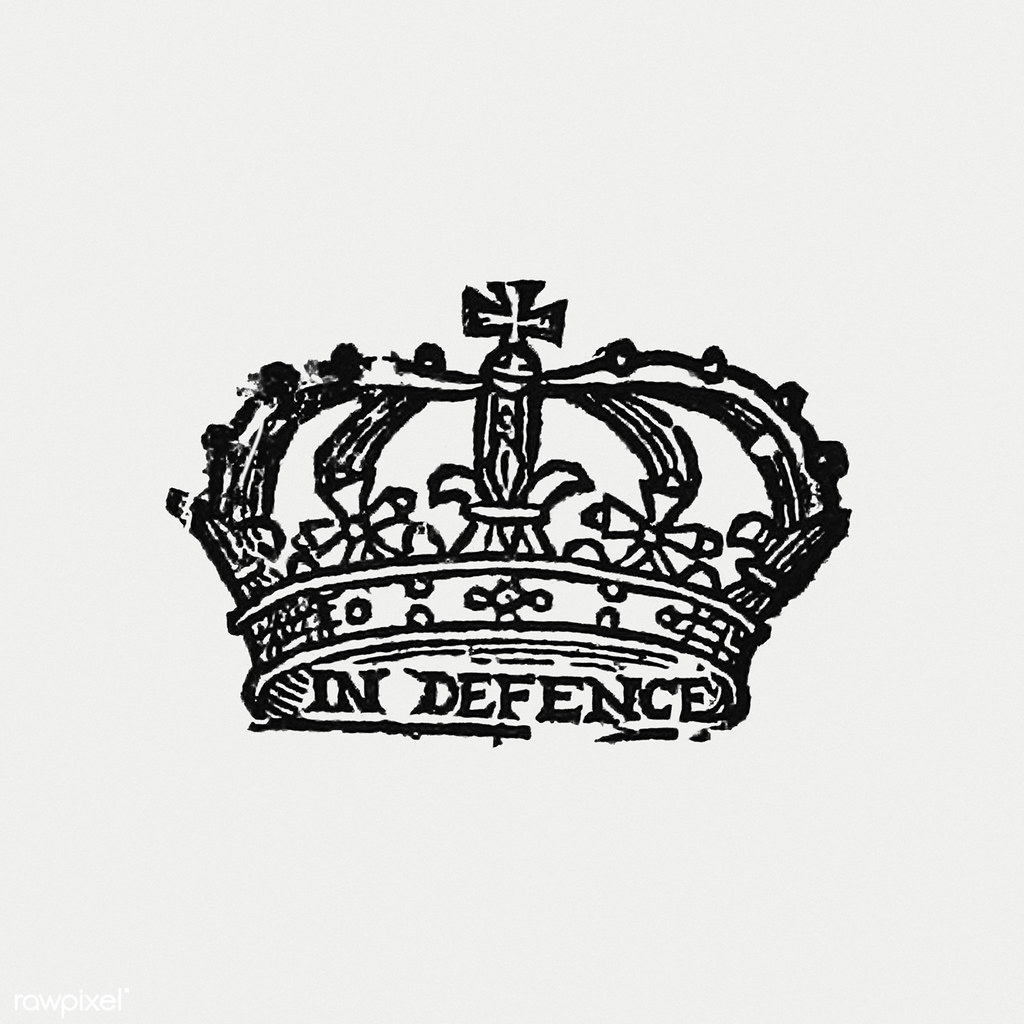
8. **William & Kate’s Modern Disciplinary Techniques for Children**Beyond their personal preferences for staff attire, Prince William and Princess Kate have significantly diverged from traditional royal parenting methods, establishing a modern approach to raising their three children: George, Charlotte, and Louis. A fundamental unspoken rule within their household is a strict prohibition against shouting. According to an anonymous insider, “shouting is absolutely ‘off limits'” in the Wales residence, reflecting a conscious decision to foster an environment where children are encouraged to articulate their feelings rather than express them through yelling.
This progressive disciplinary philosophy is largely implemented by their long-serving nanny, Maria Borrallo. Rather than resorting to conventional punitive measures, Borrallo adheres to the modern techniques endorsed by the Duke and Duchess. An insider elaborated that “Maria is firm but she never acts unilaterally with the children on discipline,” indicating a collaborative and reasoned approach to their upbringing, distinct from the more rigid traditions of past royal generations.
Instead of the historical ‘naughty step,’ the Wales household employs a ‘chat sofa.’ On this sofa, matters are explained to the children, and the consequences of their actions are carefully outlined. This method emphasizes understanding and dialogue over simple punishment, aiming to teach emotional intelligence and self-regulation from a young age, aligning with contemporary parenting trends that prioritize communication.
Ultimately, these parenting rules contribute to a harmonious domestic environment. The insider observed that Prince William and Princess Kate’s approach creates a setting where all parties “are strict with the children but have this magic ability to appear not to be.” This delicate balance ensures that while boundaries are firm, the atmosphere remains supportive and nurturing, reflecting a thoughtful evolution of royal childcare.
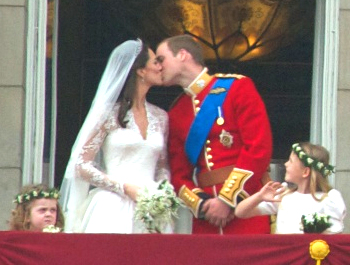
9. **The Unspoken Rule: Never Use the Word ‘Kids’**Continuing their innovative approach to child-rearing, Prince William and Princess Kate have instituted another subtle yet significant linguistic rule for their staff: the word ‘kids’ is strictly forbidden when referring to George, Charlotte, and Louis. This directive stems directly from the educational background of their esteemed nanny, Maria Borrallo, and underscores a profound respect for the children’s individual identities.
Borrallo is a distinguished graduate of Norland College, an institution renowned for its rigorous training in childcare. Louise Heren, a documentary-maker who spent a year at Norland, revealed the origins of this particular rule. As Heren told the Mirror, “‘The word ‘kid’ is banned. It’s a mark of respect for the children as individuals,'” instilling a sense of formality and dignity in their address.
Consequently, staff members, including Borrallo herself, are taught to refer to the royal children exclusively by their first names. This seemingly minor linguistic detail reinforces the children’s status as young individuals deserving of formal recognition, rather than a generic collective term. It reflects a meticulous attention to detail that extends even to the nuances of everyday language within the royal household.
Despite the perceived unusualness of such a rule, Borrallo maintains an exceptionally warm and effective relationship with the Wales children. An anonymous insider affirmed to People that “Maria loves the children dearly,” and while she can be “firm and strict, she is very loving and soft with them too.” This balance demonstrates that formality and affection are not mutually exclusive, a sentiment that has clearly pleased the Duke and Duchess, with Princess Kate reportedly describing Borrallo as “amazing” a year after Prince George’s birth.
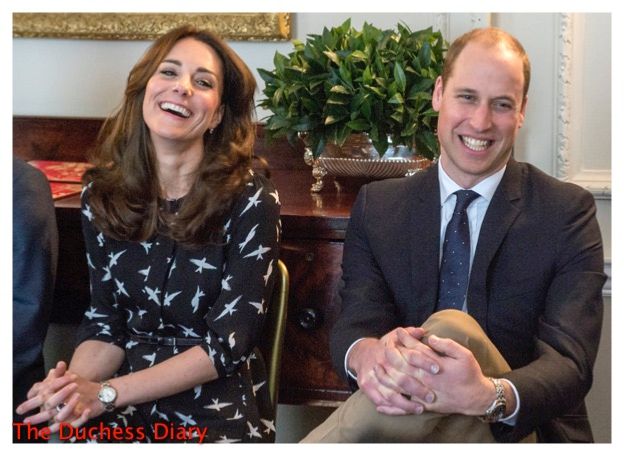
10. **Prince William’s Request for First-Name Basis Interaction**In a clear departure from traditional royal protocol, Prince William actively encourages his staff to address him by his first name, “William.” This is a significant unspoken rule that highlights his desire for a more informal and approachable working environment, directly contrasting with the stringent formalities often associated with the monarchy, particularly with previous generations.
Royal journalist Valentine Low, speaking with Express, noted the striking difference in formality levels. He explained that in King Charles’s household when he was the Prince of Wales, staff would begin their day with the highly formal address of “Your Royal Highness.” With William, however, such rigid protocol has been entirely discarded, signaling a conscious effort to modernize the royal workplace dynamic.
This preference for informality from Prince William stands in stark contrast to his father, King Charles III, who is known for his highly regimented approach to staff interactions. Reports from My London reveal King Charles’s exacting standards, from requiring his biscuits to be warmed to a specific temperature to refusing to take a bath if the plug is not precisely positioned. Such detailed demands underscore a deeply traditional and exacting nature.
Conversely, Prince William strives to avoid being finicky with his employees. Low further revealed that William’s closest advisors are “definitely on first-name terms” with the Prince. Moreover, he has even broken traditional protocol by sharing meals with his staff, with meetings often described as “very informal,” where they would “sort of, share pizzas.” This demonstrates a genuine effort to foster camaraderie and a more relaxed atmosphere within his working sphere.

11. **The Mandate Against Staff Commenting on Kate’s Dresses**Princess Catherine has blossomed into a global style icon, her fashion choices frequently lauded by publications like Vogue for their thoughtful elegance and cultural sensitivity. Her ability to curate outfits that pay homage to the places she visits or the nature of her engagements has garnered widespread admiration, cementing her status as a royal trendsetter.
However, despite this widespread praise, the Princess of Wales has reportedly grown weary of the constant public commentary on her clothing. As a result, a new unspoken rule has come into effect within Kensington Palace: Prince William and Princess Kate’s staff are now explicitly banned from officially commenting on her attire to the press, marking a significant shift in their media strategy.
Prior to this directive, palace employees were permitted to respond to media inquiries, providing details such as the brand, designer, and cost of Kate’s dresses. This transparency was a common practice, satisfying public and press curiosity about her influential fashion choices. However, as of 2022, Kensington Palace has ceased releasing this type of information.
Royal expert Richard Palmer suggested to Express that this shift is likely influenced by the prevailing socio-economic climate, particularly Britain’s cost-of-living crisis. Palmer opined that “It’s not a good look … to turn up to a food bank in a £3,000 coat,” implying a conscious decision by the palace to steer public discourse away from lavish royal spending and instead focus on their charitable work and commitment to more pressing societal issues.
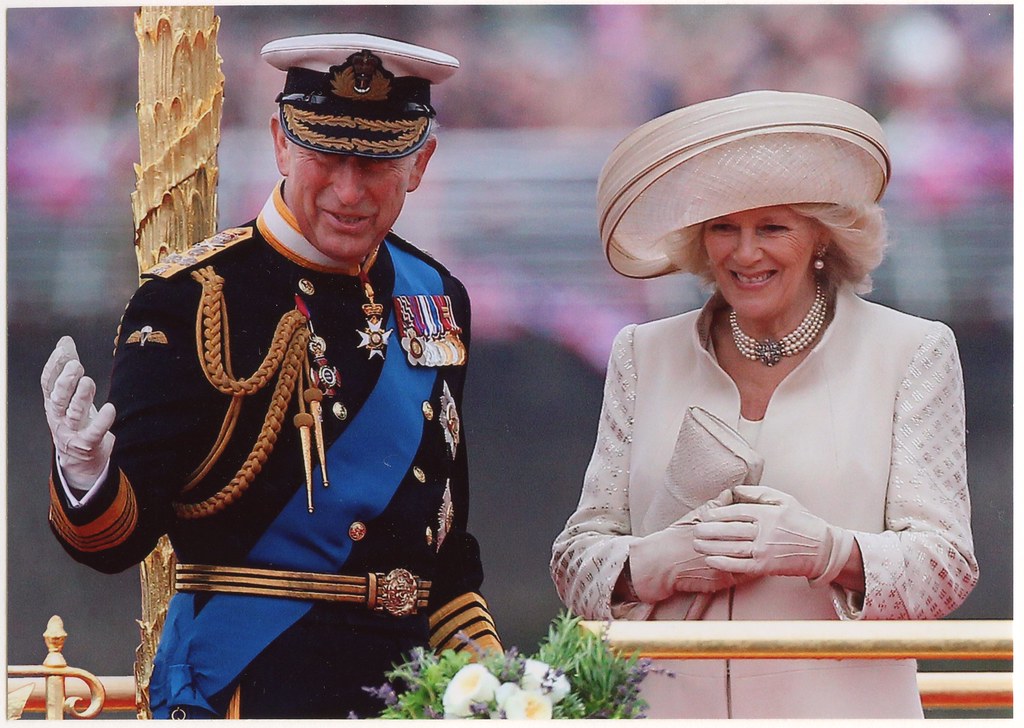
12. **Communications Staff’s Measured Response to Negative News**The inner workings of royal communications teams, as revealed by Prince Harry in the Netflix documentary “Harry & Meghan,” involve a complex and often competitive dynamic. Harry claimed that individual public relations teams for each royal would engage in “leaking” and “planting of stories” to manage negative press, often at the expense of another royal’s public image, creating an intricate web of media manipulation.
Amidst this competitive landscape, Prince William and Princess Kate’s communications staff adhere to a specific unspoken rule regarding how they react to negative news. They are instructed not to comment gratuitously on unflattering stories, maintaining a more reserved and strategic approach to media management than the more aggressive tactics described by Prince Harry.
Miguel Head, who served as Prince William’s former press secretary—and also represented Prince Harry—clarified this policy in an interview with the Harvard Gazette. Head explained that the communications team would only react to stories if they were judged to have a “detrimental reputational impact” on the princes, a threshold that was deliberately set “quite high.”
This strategy implies a conscious decision to avoid dignifying every negative story with a response, thereby preventing minor issues from escalating into major media events. The “high bar” for intervention ensures that the team’s resources are conserved for truly significant reputational threats, reflecting a sophisticated and disciplined approach to public relations within the Wales household.

13. **The Unwritten Rules of Public Displays of Affection (PDA)**While some celebrity couples embrace public displays of affection, such instances are notably rare for senior royals like Prince William and Princess Kate. This scarcity is not arbitrary but dictated by long-standing, unspoken rules within the British Royal Family regarding public touch and intimacy, a tradition that many members continue to uphold.
Royal etiquette expert Myka Meier explained to People that senior royals are not explicitly told how or when to show PDA. Instead, they are “trusted to use their better judgment as to when it’s appropriate.” Meier noted that royals typically “adjust PDA to mirror the formality of the event they are attending,” meaning less affection is shown at somber or formal functions compared to more casual engagements.
However, modern royals such as Prince Harry and Meghan Markle have openly challenged these traditional boundaries, often seen holding hands, touching each other’s backs, or hugging in public. Body language expert Blanca Cobb suggested to Fox News that their comfort with PDA stems from their “disconnected relationship with the monarchy,” allowing them the luxury of expressing affection more freely without feeling constrained by the institution.
Despite William and Kate’s generally reserved public persona, which often sees them prioritize royal tradition and respect for the monarchy, they are still a deeply connected couple. Cobb observed that while their public PDA might differ, they “will still touch one another on occasion,” “look in each other’s eyes, and they will smile,” signaling a profound connection. This adherence to tradition mirrors the behavior of Queen Elizabeth II and Prince Philip, who also refrained from public displays of affection throughout their 74-year marriage, particularly after her early ascension to the throne required maintaining decorum.
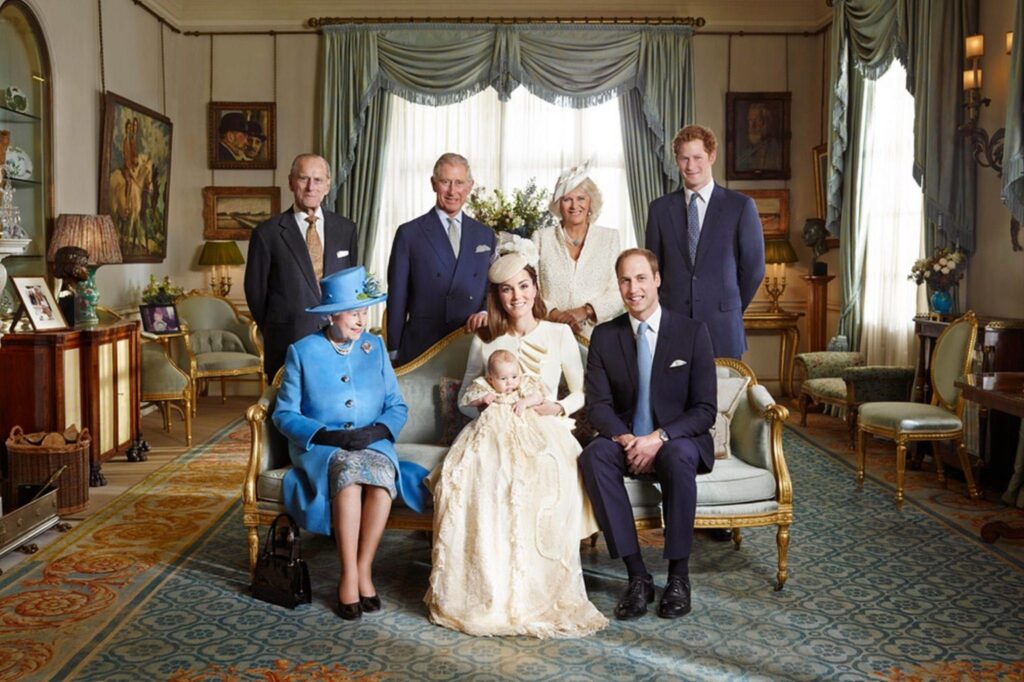
14. **Junior Staff’s Protocol: Keep to the Edges of Carpets**The meticulousness of royal protocol extends even to the most minute details of staff conduct within the palace. British journalist Ryan Parry, who famously worked undercover as a palace footman, recounted numerous “bizarre rules and protocols” during his time. These rules, often unwritten, governed virtually every aspect of a staff member’s movement and interaction within the royal residences.
Among the specific directives Parry highlighted in a tell-all article for The Mirror was a peculiar rule regarding movement across floor coverings. He explicitly stated, “It’s frowned upon for junior staff to walk along the middle of the carpets. Footmen keep to the edges.” This seemingly trivial instruction underscores the deeply ingrained hierarchy and formality that permeate even the most mundane activities within the royal household.
This rule is far more than just an arbitrary whim; it serves as a tangible manifestation of the unwavering expectation for decorum and deference. It illustrates how every movement and action of royal staff is subtly choreographed to maintain the regal atmosphere and reinforce the traditional order, reflecting an environment where presentation and adherence to established norms are paramount.
While such strictures may seem unyielding, it’s important to acknowledge that some elements of royal protocol have indeed evolved over time. For example, the late Queen Elizabeth II herself famously broke royal tradition every year on Christmas Day by personally presenting her chef, Darren McGrady, with a glass of whiskey, a rare moment of informal interaction. However, the rule regarding carpet edges highlights the enduring, almost invisible, threads of tradition that continue to shape the lives of those who serve the crown.
The intricate worlds of musical genius Prince and the enduring British Royal Family, though vastly different in their public personas and historical contexts, are both shaped by a fascinating array of unspoken rules. From Prince’s deeply personal and often eccentric directives, designed to assert control over his artistic and personal space, to the Royal Family’s centuries-old protocols that balance tradition with modern sensibilities, these unwritten codes provide a profound glimpse into the mechanisms of power, privacy, and public image. Whether maintaining a mysterious aura or upholding the dignity of the Crown, these subtle directives guide behavior, solidify expectations, and ultimately reveal the universal threads that weave through all social and professional environments, continuously shaping how we interact and perceive those in the highest echelons of influence. They underscore that even in the most public of lives, there remain deeply personal and meticulously maintained boundaries, ensuring that the spectacle is perfectly orchestrated, both on and off the world’s stage.




